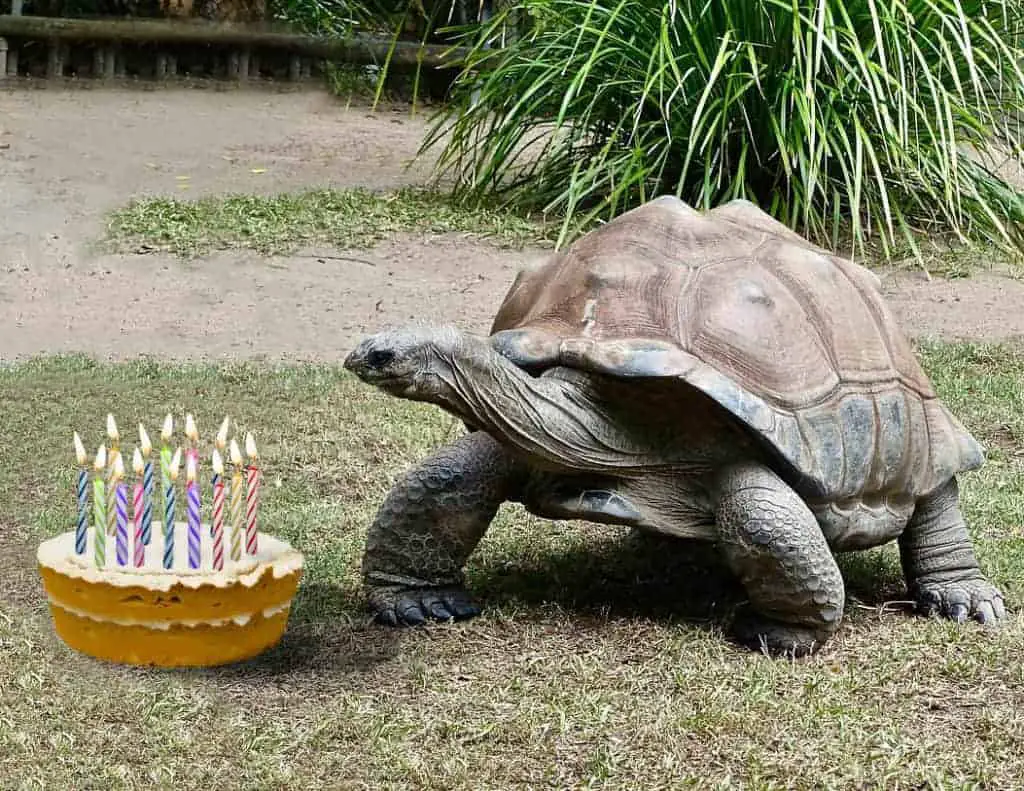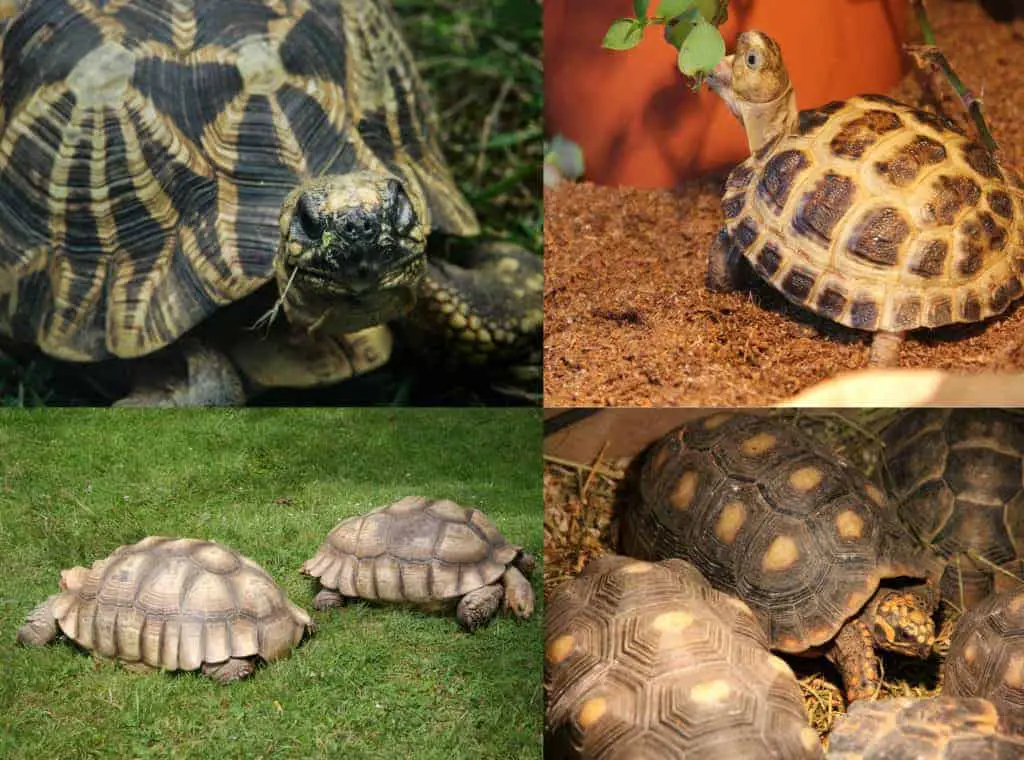
If you’re just getting started caring for a tortoise, or maybe you’re still just thinking about getting one, and you’re not sure exactly what’s involved, then fear not – we’ve put together this handy overview guide covering all the key details you need to know about being a tortoise owner.
Know that Tortoises Aren’t ‘Cuddly’ Pets
We’re going straight in with this one, as it’s pretty important to realise that keeping a tortoise isn’t like caring for most of the more common pets that we’re exposed to in our lives.

Your relationship with your tortoise won’t be like the one you have with your dog, or even your cat. Tortoises don’t appreciate being regularly handled, and it’s not something they will get used to in time either.
If you do get a tortoise you need to realise your role will largely be a hands off one, simply providing food and a safe and suitable environment, rather than any kind of physical affection.
This doesn’t make tortoises any less charming or fascinating to keep – you can talk to them and feed them by hand sometimes for example, but it’s important to know the limits of what you should do as an owner so that you aren’t disappointed later on.
Ensure You Provide the Correct Food and Nutrition
For more information on tortoise nutrition check out this article.
One thing you learn pretty early on when caring for your tortoise is just how difficult it is to feed them correctly.
A common misconception is that tortoises can live on ‘lettuce’ or some other equally misinformed mantra. The truth is that whilst most tortoises are exclusively vegetarian, they require a range of different leafy green plants, many of which simply aren’t that easy to come by for most people.

Whilst a little bit of shop bought salad is an acceptable part of a tortoise diet, they also need other plants more commonly found either in the wild, or in their country of origin.
Whilst many of these plants, such as dandelion and clover aren’t that hard to come by, you’ll either need to go out and forage for them yourself, or else your tortoise will need to be able to access them themselves if they are living outdoors.
This isn’t always easy, especially if you live in a city where plant life isn’t necessarily in abundance.
Other plants favoured by tortoises are undeniably more difficult to source, with the most notable example being the succulent cactus ‘Prickly Pear’. This is a great source of both nutrition and hydration, but you’ll almost certainly need to buy it, unless you’re able to grow it successfully- something that I’m still working on!
Besides food, tortoises also require some additional supplementation in the form of calcium to aid healthy bone and shell health.
This can be acquired from a variety of sources including manufactured ‘tortoise block’, however the best option is pure calcium carbonate, available in a powdered form, or from a cuttlefish bone.
Ensure You Provide Daily Water Both For Drinking and ‘Soaking’
Hydration is important for tortoises, although you could fall into the trap of thinking otherwise when you seldom see your tortoise drinking.
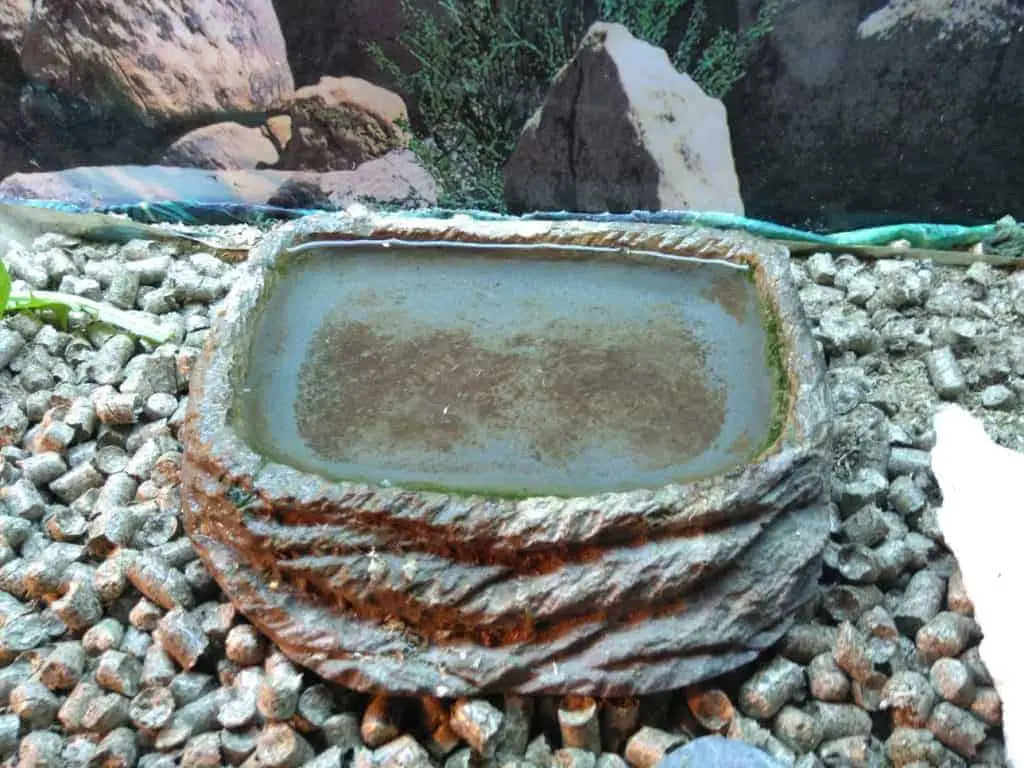
Make no mistake however, your tortoise certainly will drink when they feel the need, but beyond that you will need to encourage them to take on water by giving them regular ‘baths’.
Bathing water should be lukewarm and only as deep as to cover the tortoise’s tail. This enables water to be taken in through the, er, ‘back passage’ as well as encouraging the tortoise to urinate or poop.
Soakings are particularly important for juvenile tortoises, and you should aim to provide them 2 or 3 times per week for around 20 minutes a time. That said, older tortoises benefit from the same practice too, so if you can soak them once a week too, it certainly won’t do any harm.
Provide a Suitable Living Environment (Indoors for Juveniles, Indoors/Outdoors For Older Tortoises)
Whereas many animals aren’t too sensitive to their living conditions, the conditions a tortoise lives in can literally make or break their health and quality of life.
Like all reptiles tortoises are cold blooded, which means they derive their body heat from their environment, unlike mammals for example, which are able to regulate their own body heat independent of their environment (within reason).
This makes maintaining the correct ambient temperature absolutely crucial. In the case of juvenile tortoises this means keeping them indoors in an enclosure with heat provided in the form of a heat lamp.
Alongside the heat lamp, an ultraviolet lamp must also be in place as a substitute for natural sunlight with an indoor enclosure.

Older tortoises can enjoy the heat from natural sunlight in a spacious outdoor enclosure, provided the ambient temperature is sufficient.
Your enclosure of choice must also be a reasonable facsimile of your tortoise’s natural habitat, with a suitable dry ground substrate being a very important feature.
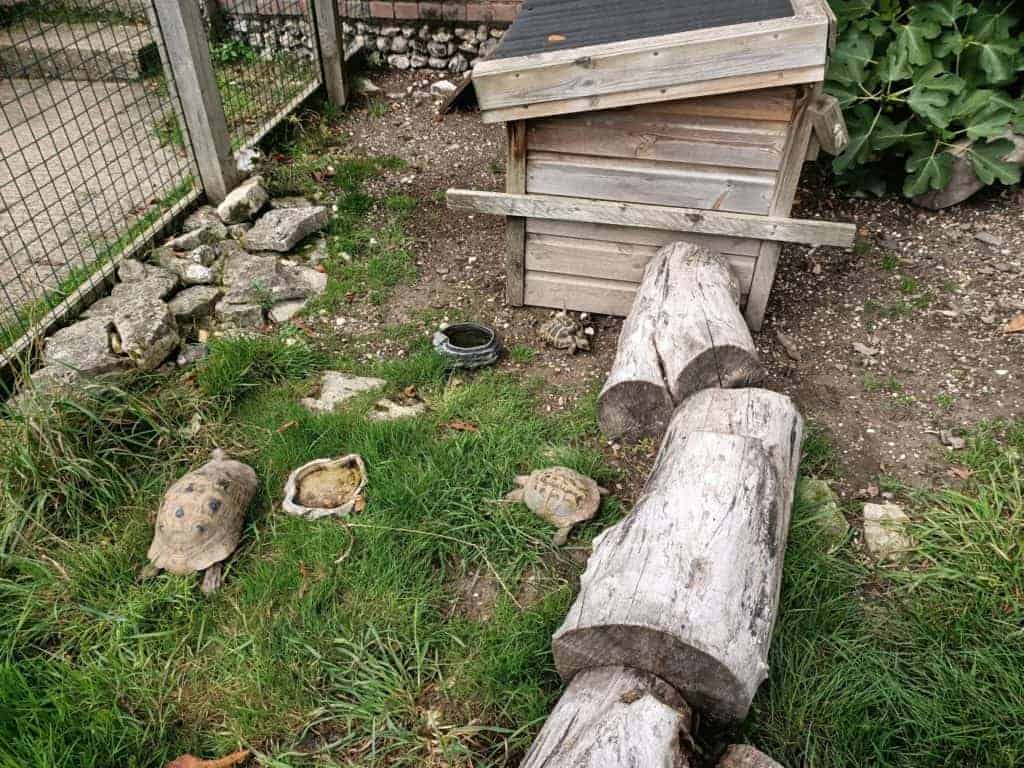
In the case of tortoise enclosures, size matters. At a mininum you’ll want an enclosure of around a metre by half a metre (2″ x 4″), but the more space you can provide the better.
Protect Your Tortoise From Other Pets (and Predators)
Whilst their shells certainly offers a fair degree of protection, tortoises are for the most part timid defenseless creatures.
It’s therefore important to ensure your tortoise doesn’t come into contact with an over zealous family dog, and that their enclosure is secure from predators, which is particularly important outdoors.
Tortoises are also easily distressed by sounds and erratic activity, so even if you have excitable pets that cannot necessarily make direct contact with your tortoise, they should still be kept well out of their way if at all possible, as should any other source of loud noise.
Be Aware of Potential Diseases and Infections
Like all living creatures tortoises are vulnerable to illnesses, from worms to respiratory infections.
The risk of health issues can be mitigated with the right diet, and clean/appropriate living conditions.
Regular veterinary check ups aren’t usually necessary for tortoises, but keeping an eye on tell tail signs like your tortoise’s lack of appetite, signs of nasal/back passage (cloaca) discharge, or other behavioural changes can go a long way to determining whether or not something is amiss.
Develop a Regular Cleaning Schedule
Keeping your tortoise’s enclosure clean is important not only to prevent the spread of parasites and other potential sources of infection, but also to prevent the ingress of unpleasant odours in your home.
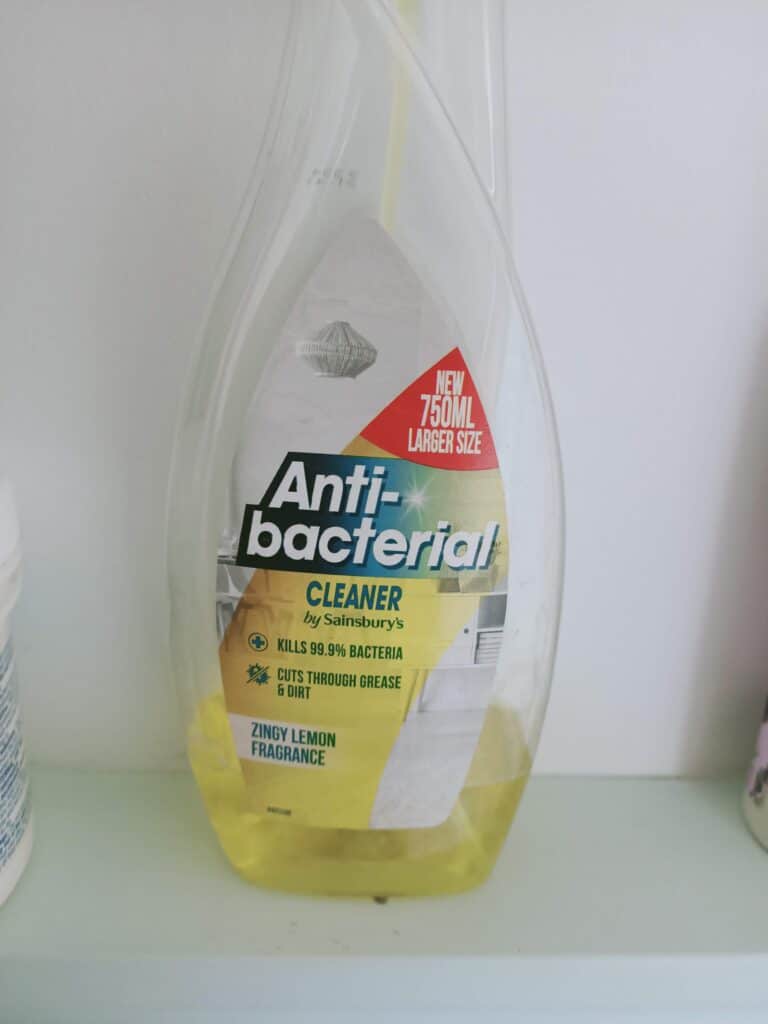
Cleaning will likely involve removing daily soiling and wilted food leaves, with a full change of substrate every 2 weeks, taking the opportunity to clean and disinfect the enclosure in the process.
Be Aware of the Challenge of Hibernation
Undoubtedly one of the more challenging aspects of caring for a tortoise is catering for their need to hibernate.
Preparing for hibernation requires careful monitoring of your tortoise’s health and weight to determine whether it is safe for them to hibernate. You also need to be able to provide the correct conditions and consistantly low temperatures required for safe hibernation, which isn’t always easy to achieve.
However it’s important to note that not all species hibernate, and tropical species such as Red Foot Tortoises are a good option for those who do not wish to deal with the complications associated with hibernation.
Know That Tortoises Are Long Lived
When you take on a tortoise, one thing is certainly for sure: you’ll be in it for the long haul.
Most tortoises live a lifespan at least comparable to humans, however some may live for far longer, well over 100 years in some cases.
The important consideration therefore is not only that you will be prepared to care for your tortoise for the rest of your own life, but that you’ll need to make arrangements for who will take on the responsibly after you pass.
Crazy but true!
